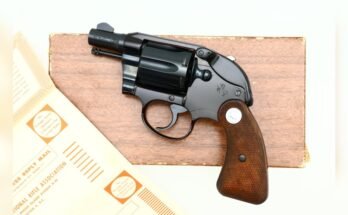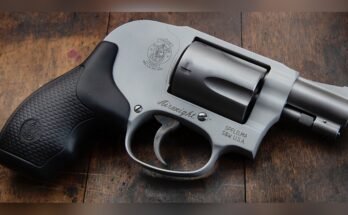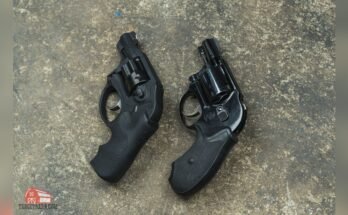When it comes to protecting yourself and your loved ones, choosing the right firearm is a big decision. You might be wondering if a single-action revolver can truly keep you safe in a dangerous situation.
It’s important to understand how this type of gun works, its advantages, and its limitations before making a choice. You’ll discover whether a single-action revolver is a reliable option for self-defense—and what you need to know to feel confident and prepared.
Keep reading, because your safety could depend on it.

Single-action Revolver Basics
A single-action revolver is a classic type of handgun. It has a simple design that has been used for many years. Understanding its basics helps to see if it suits self-defense needs.
This kind of revolver requires the shooter to manually cock the hammer before each shot. This makes it different from other guns that fire with just a pull of the trigger. Knowing how it works and its features is important for anyone interested in self-defense tools.
How It Works
A single-action revolver fires by pulling the trigger after cocking the hammer. Cocking the hammer rotates the cylinder, aligning a new bullet. Then, pulling the trigger releases the hammer to hit the firing pin. This action fires the bullet. Each shot needs the hammer cocked manually. This process is slower than double-action revolvers but can be very precise.
Common Features
These revolvers usually have a solid frame and a rotating cylinder. The cylinder holds six rounds, though some models may hold fewer or more. The barrel length varies, affecting accuracy and handling. Most have fixed sights that are easy to use. The grips are often made of wood or synthetic materials. The design is straightforward, making it easy to maintain.
Popular Models
The Colt Single Action Army is one of the most famous models. It has a strong reputation and classic look. The Ruger Single-Six is another popular choice, known for its reliability. The Uberti Cattleman is favored by those who want a traditional style. These models are well-regarded for their build and performance. Many shooters trust them for target practice and self-defense.
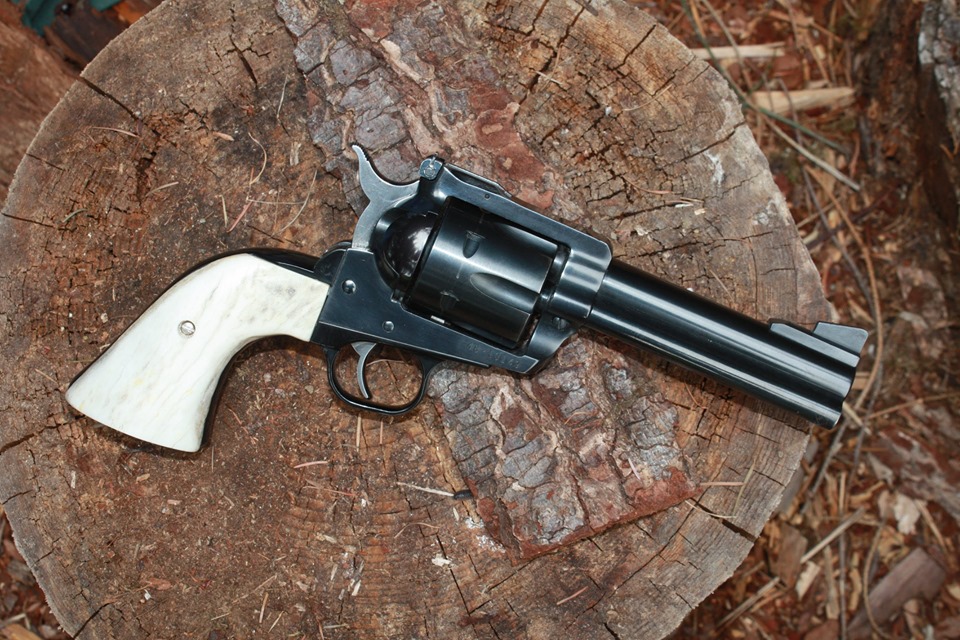
Self-defense Requirements
Choosing a firearm for self-defense requires careful thought. The weapon must protect you effectively in a tense moment. It should meet specific needs to keep you safe. These needs help decide if a single-action revolver fits the role.
Key Factors To Consider
Self-defense guns must be reliable and easy to handle. Size and weight matter for quick use and concealment. Ammunition capacity is also important. Many prefer a gun that fires multiple rounds without reloading. The ability to draw the gun fast is critical in emergencies.
Reliability And Safety
A self-defense weapon must fire every time without fail. Single-action revolvers are simple machines with fewer parts. This can mean fewer mechanical failures. Safety features protect against accidental firing. Some single-action revolvers have manual safeties or half-cock positions. These features help prevent accidents during carry and use.
Ease Of Use Under Stress
Stress can make simple tasks hard. A gun that is easy to operate under pressure is best. Single-action revolvers require cocking the hammer before each shot. This extra step can slow reaction time. Training helps but does not remove this challenge. Guns with simpler trigger pulls may be easier in a crisis.
Advantages Of Single-action Revolvers
Single-action revolvers offer unique benefits for self-defense. Their design and function bring several practical advantages. These make them a reliable choice for many users. Understanding these benefits helps in deciding if they fit your needs.
Simplicity And Durability
Single-action revolvers have fewer moving parts. This makes them easier to maintain and repair. Their simple design reduces the chance of mechanical failure. They can withstand tough conditions without breaking down. Durability means they stay reliable over many years.
Accuracy Benefits
Single-action revolvers often have a smooth and light trigger pull. This helps shooters aim more precisely. The fixed barrel design improves shot consistency. Many shooters find it easier to hit targets accurately. This accuracy is important in self-defense situations.
Historical Reliability
These revolvers have a long history of dependable use. They were trusted in many past conflicts and daily life. Their proven track record shows their effectiveness and safety. Many collectors and users still value this reliability today. This history adds confidence for new users.
Drawbacks In Self-defense Situations
Single-action revolvers have some clear downsides in self-defense. These issues can affect your response time and effectiveness during a critical moment. Understanding these drawbacks helps in making an informed choice about your firearm.
Slow Reload Times
Reloading a single-action revolver takes more time than other handguns. You must open the cylinder, eject spent cartridges, and load each round one by one. This process can leave you vulnerable in a fast-moving situation. Speed is crucial in self-defense, and slow reloads can be dangerous.
Limited Capacity
Single-action revolvers usually hold fewer rounds. Most models carry five or six bullets. Fewer rounds mean less chance to stop a threat quickly. You might run out of ammunition before the danger ends. Carrying extra ammo is harder with this type of gun.
Double-action Vs Single-action
Double-action revolvers allow you to fire with just one pull of the trigger. This makes them faster to shoot in emergencies. Single-action guns need the hammer cocked before each shot. This extra step slows down your firing speed. Double-action models offer more readiness in high-pressure moments.
Expert Opinions
Experts have mixed opinions about using a single-action revolver for self-defense. Their views come from experience and training. Understanding these opinions can help you make a smart choice.
Law Enforcement Views
Many police officers prefer semi-automatic pistols over single-action revolvers. They say revolvers take longer to reload in high-stress moments. Officers want quick follow-up shots and easy handling. Some admit a single-action can work but only for those who practice a lot.
Experienced Shooters’ Insights
Skilled shooters respect single-action revolvers for their accuracy and reliability. They say these guns have fewer parts that can fail. But shooters warn about the slow firing speed. They suggest knowing your gun well and being calm under pressure.
Training Recommendations
Experts stress training more than the gun type. Practicing fast reloads and shooting drills is vital. They advise learning safe handling and aiming skills. Regular practice improves confidence and effectiveness with any firearm.
Alternatives To Single-action Revolvers
Single-action revolvers have a classic appeal but are not always the best choice for self-defense. They require manual cocking before each shot. This can slow down your response time in a high-pressure situation. Many people choose other types of guns for quicker and easier use. Here are some common alternatives that offer different advantages for self-defense.
Double-action Revolvers
Double-action revolvers let you fire by just pulling the trigger. There is no need to cock the hammer first. This makes them faster to shoot in emergencies. They still have the reliability of a revolver. Many find them easier to use under stress. The trigger pull is heavier, but training helps overcome this.
Semi-automatic Pistols
Semi-automatic pistols hold more bullets than revolvers. They reload quickly with magazines. The trigger is usually lighter and shorter. This helps with faster and more accurate shooting. They come in many sizes and styles. Some models have safety features that add extra protection.
Compact Handguns
Compact handguns are small and easy to carry. They fit well in pockets or small holsters. Many types are available, including semi-automatic and revolvers. They offer a good balance of power and concealability. These guns suit people who want discreet self-defense options.
Choosing The Right Firearm
Choosing the right firearm for self-defense is a serious decision. It depends on many factors that affect safety and effectiveness. The right choice helps build confidence and ensures quick response in emergencies.
Single-action revolvers have unique features. Understanding your needs and situation helps decide if this type fits your lifestyle and protection goals.
Assessing Personal Needs
Think about where you live and your daily routine. A firearm must suit your environment. Size, weight, and ease of use matter. Single-action revolvers are simple but slower to reload. Consider how fast you might need to act. Your comfort and ability to carry the gun are key.
Practice And Familiarity
Regular practice improves accuracy and speed. Single-action revolvers require manual cocking before each shot. This can slow you in a tense moment. Practice helps overcome this challenge. Choose a firearm you can handle well and feel confident using. Familiarity is critical for safety and success.
Legal Considerations
Every place has different laws about owning and carrying firearms. Know the rules for single-action revolvers in your area. Some places restrict certain types or calibers. Always follow local laws to avoid legal trouble. Legal knowledge protects you and your family.
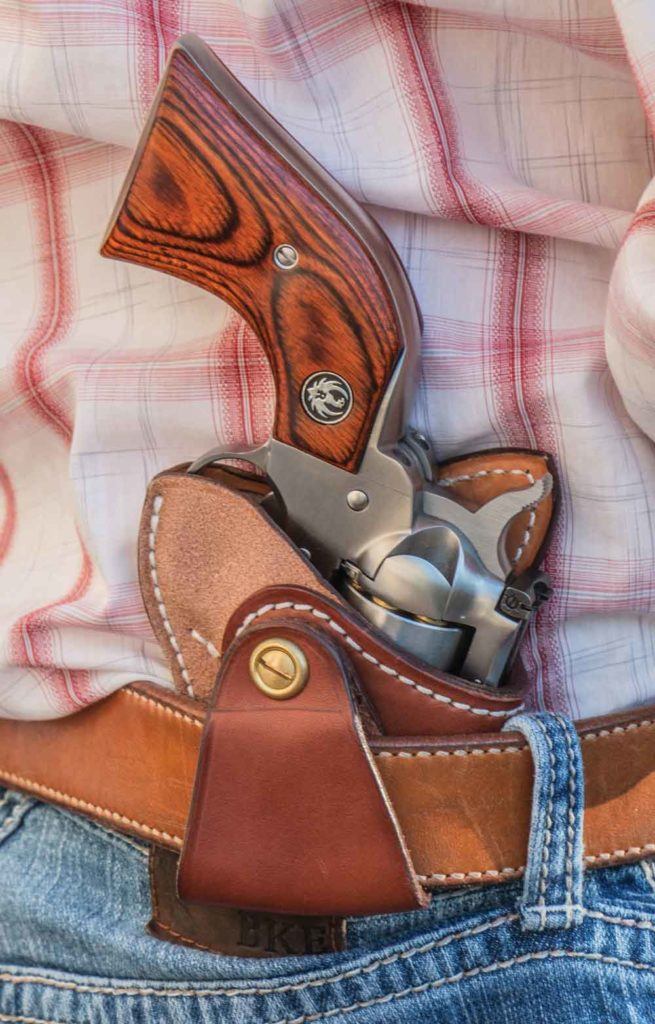
Frequently Asked Questions
Is A Single-action Revolver Reliable For Self-defense?
Yes, single-action revolvers are reliable due to their simple mechanics. However, they require manual cocking before each shot, which can slow response time in emergencies.
What Are The Advantages Of Single-action Revolvers In Defense?
Single-action revolvers offer durability, ease of maintenance, and strong stopping power. Their simplicity reduces the chance of mechanical failure during critical moments.
Are Single-action Revolvers Harder To Use Under Stress?
They can be, as you must manually cock the hammer before firing. This extra step can be challenging during high-pressure self-defense situations.
How Does Single-action Revolver Capacity Compare To Others?
Single-action revolvers usually hold fewer rounds, typically 5 to 6. This lower capacity may require more frequent reloading compared to semi-automatic pistols.
Conclusion
A single-action revolver can work for self-defense in some cases. It is simple to use and reliable. But it takes extra time to reload and cock the hammer before each shot. This could be a problem in fast, dangerous situations.
Training and practice are very important to use it well. Think about your needs and skills before choosing a firearm. Safety should always be your top priority. Choose the tool that fits you best.

